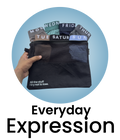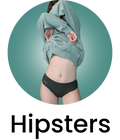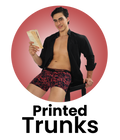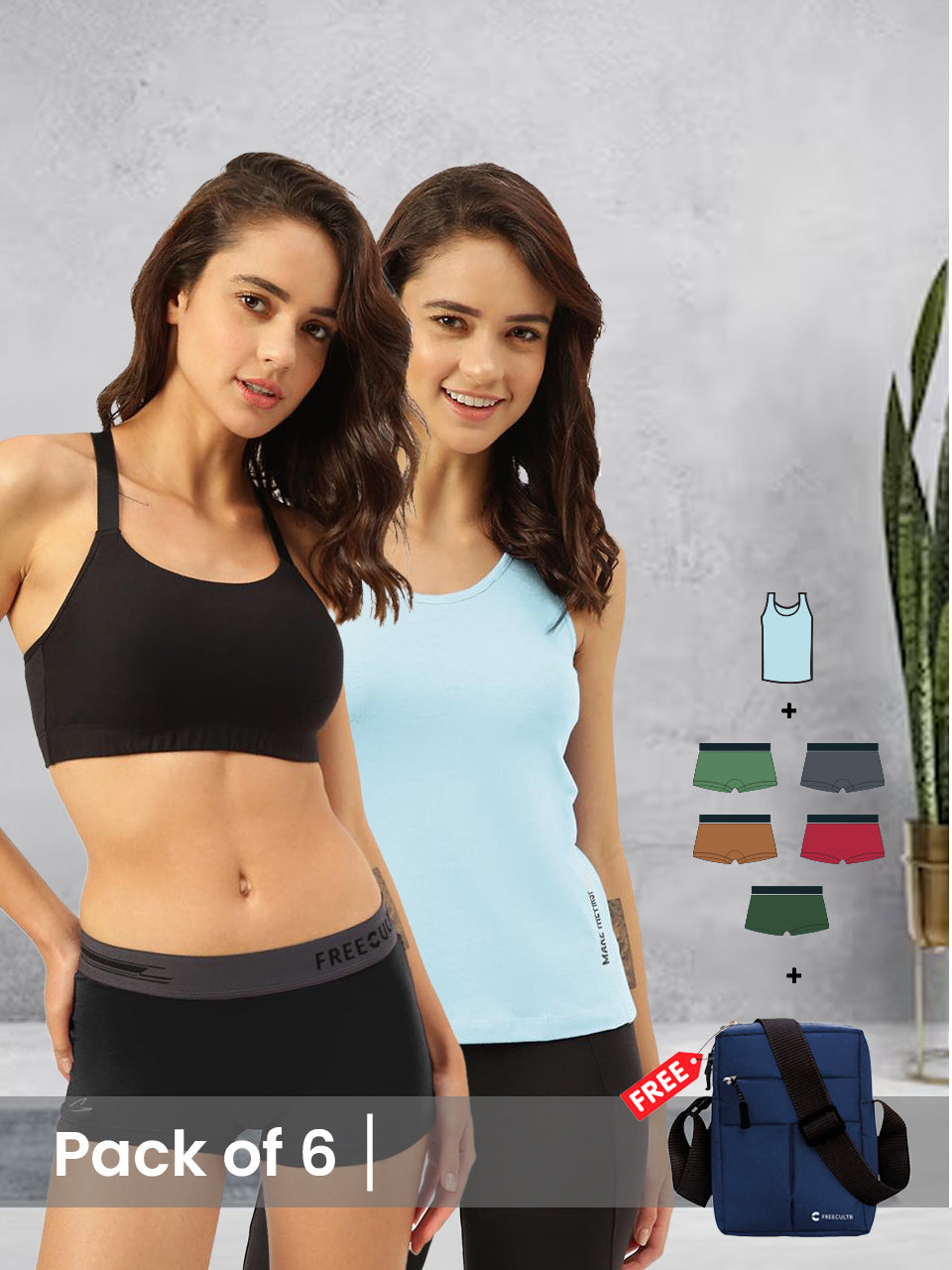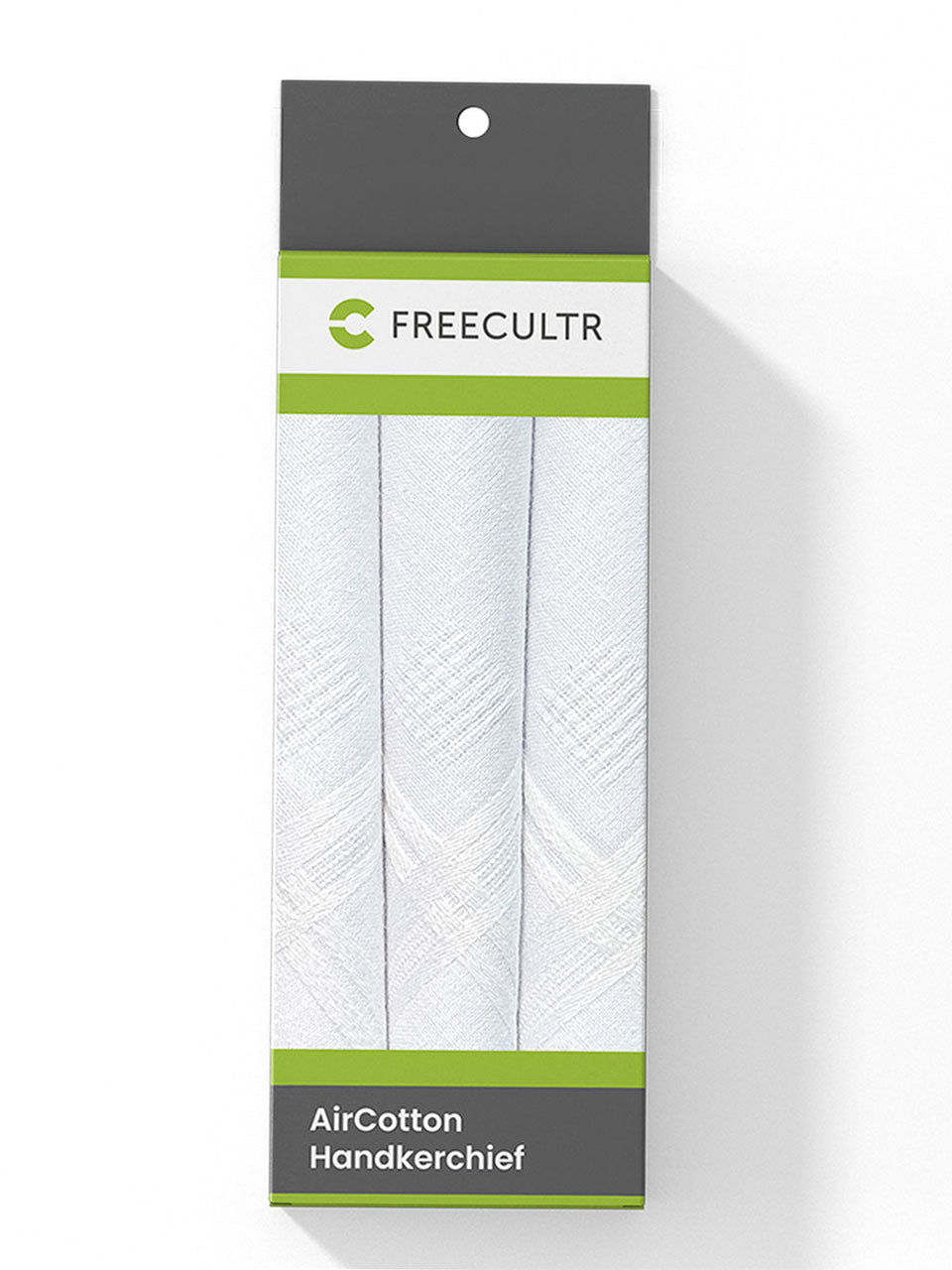The quest for optimal comfort in activewear hinges significantly on moisture-wicking capabilities. In the evolving textile landscape, brands constantly innovate to outpace traditional fabrics. This comparison of Freecultr and Jockey focuses on this crucial aspect. We'll evaluate key performance indicators, beginning with the technical composition of their respective fabrics: Freecultr's proprietary blends versus Jockey's established materials. Our analysis will then highlight the impact of fiber structure and knit patterns on moisture transport. Finally, we'll examine how these factors contribute to Freecultr's potentially superior moisture-wicking performance, exploring the science behind why it might keep you drier and more comfortable.

Understanding Moisture-Wicking: The Key to Comfort
Moisture-wicking is the ability of a fabric to draw sweat away from the skin and transport it to the outer surface of the material where it can evaporate. This process helps keep you dry and comfortable, especially during physical activity or in hot weather. Effective moisture-wicking is crucial in men's underwear, as it directly impacts comfort and hygiene.
Several factors contribute to a fabric's moisture-wicking capabilities:
- Fiber Type: Synthetic fibers like polyester, nylon. Microfiber generally wick moisture better than natural fibers like cotton.
- Fabric Construction: The way the fabric is knitted or woven affects its ability to transport moisture. Open weaves and knitted structures with channels can enhance wicking.
- Finishing Treatments: Some fabrics are treated with special finishes that improve their moisture-wicking properties.
The Science Behind Superior Moisture-Wicking
The magic of moisture-wicking lies in a principle called capillary action. Imagine tiny straws within the fabric. These "straws" are created by the spaces between the fibers and the structure of the weave. When moisture (sweat) comes into contact with the fabric, it's drawn into these capillaries and transported along the fabric's surface area. The larger the surface area, the faster the moisture evaporates.
Synthetic fibers are often hydrophobic, meaning they don't absorb water. Instead, they repel it, forcing the moisture to move along the surface of the fiber and through the fabric's capillary system. Natural fibers, like cotton, are hydrophilic, meaning they absorb water. While this might sound beneficial, it actually hinders wicking. Cotton absorbs sweat and holds onto it, making the fabric feel heavy and damp.
Advanced moisture-wicking technologies often involve:
- Engineered Fibers: Fibers designed with specific cross-sections or surface treatments to enhance capillary action.
- Blend of Fibers: Combining different fiber types to leverage their individual strengths. For example, blending a small amount of natural fiber with a synthetic fiber can provide a good balance of comfort and wicking performance.
- Specialized Weaves and Knits: Creating fabrics with open structures or channels that facilitate airflow and moisture transport.
Freecultr's Approach to Moisture-Wicking: A Deep Dive
Freecultr likely utilizes a combination of advanced materials and construction techniques to achieve superior moisture-wicking compared to brands like Jockey. While specific proprietary details may not be publicly available, we can infer potential strategies based on industry best practices and common approaches to moisture management in performance apparel. Here's a breakdown of possible methods:
- Advanced Synthetic Fabrics: Freecultr likely uses high-performance synthetic fabrics such as polyester microfibers or nylon blends specifically engineered for moisture-wicking. These fabrics are designed with enhanced capillary action to quickly draw sweat away from the skin.
- Proprietary Weaving/Knitting Techniques: The fabric construction may incorporate specialized weaves or knits that create channels for enhanced airflow and moisture transport. This could include open-knit structures or fabrics with a raised surface that minimizes contact with the skin, allowing for better evaporation.
- Antimicrobial Treatments: To combat odor caused by bacteria in sweat, Freecultr might use antimicrobial treatments that inhibit bacterial growth, keeping the men's underwear fresher for longer.
Comparing Fabrics: A Detailed Look
To interpret the difference in moisture-wicking, let's consider a hypothetical comparison between Freecultr's fabric (assuming it uses advanced synthetics) and a typical cotton-based fabric often found in traditional underwear.
| Feature | Freecultr (Hypothetical Advanced Synthetic) | Jockey (Assuming Cotton Blend) |
|---|---|---|
| Fiber Type | Polyester Microfiber Blend | Cotton Blend |
| Moisture Absorption | Very Low (Hydrophobic) | High (Hydrophilic) |
| Wicking Speed | Fast | Slow |
| Drying Time | Fast | Slow |
| Breathability | High | Moderate |
| Odor Control | Potential Antimicrobial Treatment | Lower (Prone to Odor Retention) |
As the table illustrates, the key difference lies in the fabric's ability to manage moisture. Freecultr's likely use of advanced synthetics, coupled with innovative construction, gives it a significant advantage in wicking speed, drying time. Overall breathability. This translates to greater comfort and a reduced risk of chafing or discomfort, particularly during physical activity.
Real-World Applications and Benefits
The benefits of superior moisture-wicking extend beyond just feeling comfortable. Consider these real-world scenarios:
- Exercise and Sports: During workouts, effective moisture-wicking helps regulate body temperature, prevent chafing. Improve performance.
- Hot Weather: In hot and humid climates, moisture-wicking fabrics keep you cooler and drier, reducing discomfort.
- Everyday Wear: Even in everyday situations, moisture-wicking underwear can improve comfort and hygiene, especially for individuals who sweat more or live in warm climates.
- Travel: When traveling, quick-drying, moisture-wicking underwear can be a lifesaver, allowing you to pack lighter and wash your clothes on the go.
For example, imagine a marathon runner wearing men's underwear made from a cotton blend. As they sweat, the cotton absorbs the moisture, making the underwear heavy and potentially causing chafing. In contrast, a runner wearing underwear made from an advanced synthetic fabric would experience a much drier and more comfortable run.
The Role of Fabric Technology and Innovation
The quest for superior moisture-wicking is an ongoing process driven by fabric technology and innovation. Companies are constantly developing new fibers, weaves. Treatments to improve moisture management and enhance comfort. Some of the key areas of innovation include:
- Bio-Based Moisture-Wicking Fabrics: Developing sustainable moisture-wicking fabrics from renewable resources.
- Smart Textiles: Integrating sensors and electronics into fabrics to monitor body temperature and sweat levels, allowing for personalized moisture management.
- Adaptive Fabrics: Fabrics that respond to changes in body temperature and humidity, adjusting their breathability and moisture-wicking properties accordingly.
By continually pushing the boundaries of fabric technology, companies like Freecultr can offer consumers underwear that delivers exceptional comfort and performance.
Conclusion
Freecultr's moisture-wicking advantage over Jockey boils down to a strategic combination of fabric innovation and design. We've explored how Modal fabric, with its inherent breathability and superior moisture absorption capabilities, sets Freecultr apart. Beyond the material itself, Freecultr's thoughtfully engineered weave patterns further enhance airflow and accelerate moisture evaporation. This isn't just about comfort; it's about promoting skin health and preventing discomfort, especially during intense activity or in humid climates. Think of it this way: choosing Freecultr is like investing in a high-performance cooling system for your body. Practical tip? Consider your activity level. For everyday wear, Modal is excellent. But for intense workouts, look for blends with even faster-drying properties. Action item: next time you're shopping for underwear, check the fabric composition closely and consider the weave. Success metric: Noticeably drier and more comfortable experience, especially after physical exertion. Remember, your comfort is an investment in your well-being!
More Articles
Men's Modal Trunks for Men Comfortable – Superior Softness & Moisture Wicking
Why is Freecultr a smarter choice than Damensch in hot weather?
Low Rise Brief for Men – Modern Design & Enhanced Breathability
Men's Snug Fit Trunks for Men – Maximum Support & Prevents Riding Up
FAQs
Okay, so what actually makes Freecultr better at wicking away sweat compared to Jockey?
Great question! It boils down to the fabric. Freecultr uses specifically engineered fabrics – often a blend of natural fibers like bamboo or Tencel with performance synthetics – that are designed with moisture management in mind. These fibers have a unique structure that allows them to draw moisture away from your skin more effectively than the cotton typically used in Jockey's products. Think of it like tiny straws pulling sweat away!
Does the type of knit used in Freecultr underwear make a difference in how well it wicks?
Absolutely! The knit structure plays a HUGE role. Freecultr often uses open-knit structures that allow for better airflow and evaporation. This is different from a tighter knit that might trap moisture. More airflow equals less sweat sticking around.
So, Jockey uses cotton. What's so bad about cotton for sweat?
Cotton's not bad, per se. It's not ideal for high-sweat situations. Cotton is absorbent, meaning it soaks up moisture. The problem is, it tends to stay wet and can feel heavy and clammy. Freecultr's fabrics are designed to pull moisture away and dry quickly, so you don't get that uncomfortable, soggy feeling.
Is it just the fabric? Or are there other things Freecultr does to improve wicking?
It's mostly the fabric. Freecultr sometimes uses special treatments on their fabrics that further enhance moisture-wicking. Think of it like a super-powered version of the already-wicking material. These treatments help spread the moisture across the fabric's surface, allowing it to evaporate faster.
Okay, I get the science-y stuff. But will I actually notice a difference in comfort?
That's the crucial question! Yes, you should definitely notice a difference, especially during activities where you sweat a lot. You'll likely feel drier and more comfortable for longer, which is the whole point, right?
What about washing? Does washing Freecultr affect its moisture-wicking ability?
Good point! Always follow the care instructions on the label. Generally, avoid using fabric softeners, as they can coat the fibers and reduce their wicking ability. Proper washing will help maintain the fabric's performance over time.
Are all Freecultr fabrics created equal when it comes to wicking?
Not exactly. They probably offer different lines with varying levels of performance. Some might be designed for everyday wear, while others are specifically engineered for high-intensity activities. Always check the product description to see what the fabric is and what it's designed for.

